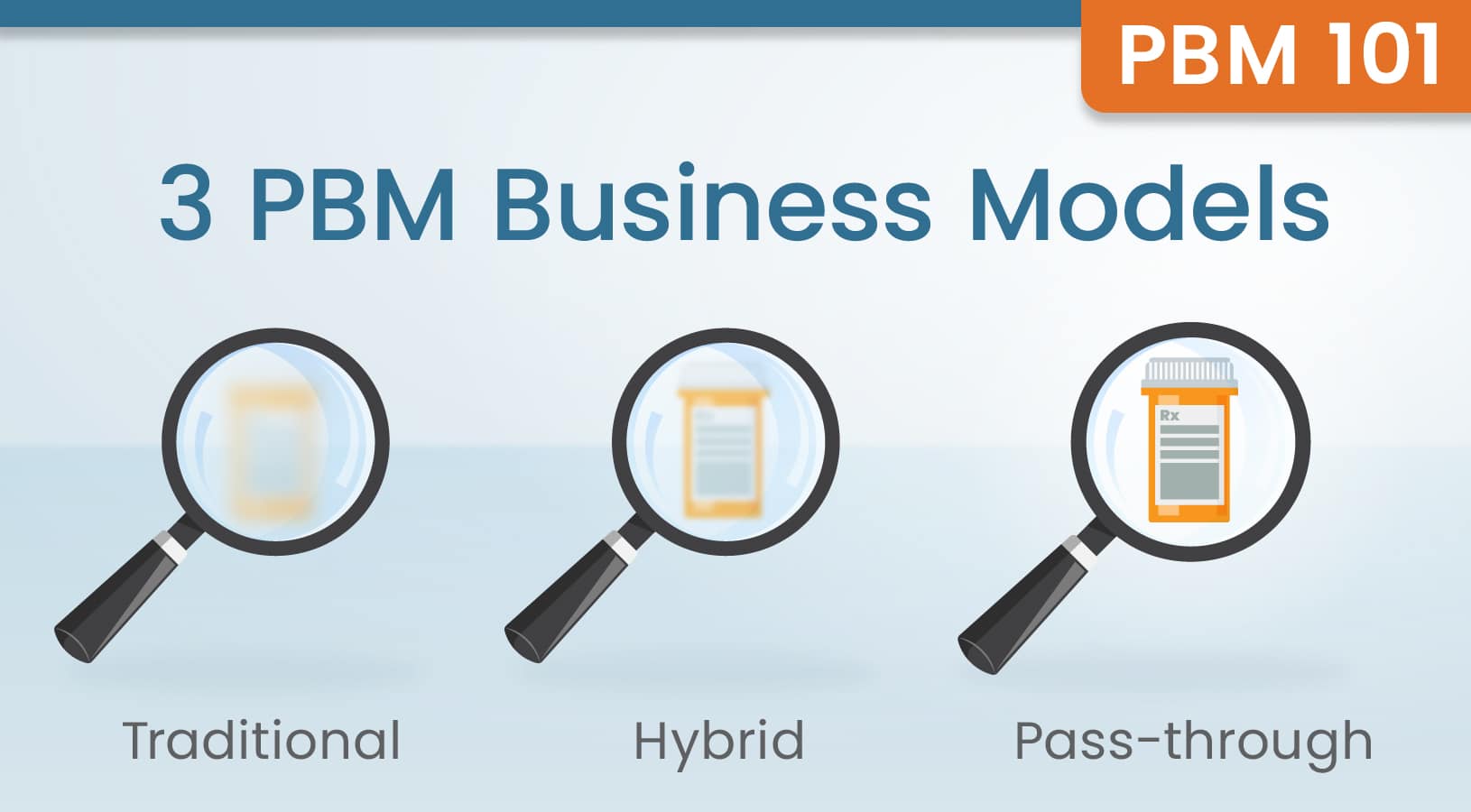Policy Makers Seek Answers for High Costs of Prescription Drugs
Members of Congress sought to deconstruct the drug supply chain Thursday in an effort to find ways to lower prescription drug prices.
Hosted by the House Committee on Energy & Commerce, the investigational hearing drew testimony from health care industry experts representing drug companies, insurers, and patient advocacy groups.1
“It’s critical that we have a full understanding of how drugs are developed, priced, delivered, purchased, and dispensed so we can consider policies that will best improve the system to drive down costs and save consumers money. Drug prices continue to dramatically increase, while consumers pay more and more out-of-pocket for the medications they need,” said Rep. Frank Pallone Jr. (D-NJ).1
“In fact, nearly 1 in 4 Americans who take prescription drugs say it is difficult to afford their medications,” he said. “This is simply unacceptable.”
The nature of the drug supply chain is complex with multiple stakeholders at each step in the price negotiation process, said Rep. Michael Burgess, MD (R-TX).1
“At the end of the day, it is the patient who matters most to this conversation. They are bearing the cost of these medications,” Burgess said.
“They are the ones who stand to benefit from the cures or the maintenance of good health,”1 he said. “Improving access to life-saving treatments for consumers is a bipartisan priority.”
In their testimony, expert witnesses cited multiple causes for high prescription drugs prices.
Those causes include high health plan deductibles, a lack of transparency, and medication rebates and discounts that do not reach consumers, they said.1
Brent Eberle, Senior Vice President and Chief Pharmacy Officer for Navitus Health Solutions, a pharmacy benefit manager (PBM) that he said is fully transparent, recommended increasing transparency for PBMs by removing conflicts of interest.1
“Most PBMs accept money from drug manufacturers in the form of rebates, administrative fees, data fees, and other financial incentives with numerous designations. We believe that when PBMs retain payments from drug manufacturers, it creates misaligned incentives, where the PBM is actually working for the drug manufacturers, and not just for the benefit plans and their members,” Eberle testified.1
1 House Committee on Energy & Commerce. Hearing on “lowering prescription drug prices: deconstructing the drug supply chain.” https://energycommerce.house.gov/events/lowering-prescription-drug-prices-deconstructing-the-drug-supply-chain. Presented May 9, 2019.
Stay Informed and Connected
Receive expert insights, healthcare tips, and important updates on pharmacy benefits, drug recalls, and more—straight to your inbox.
Examining Trends that Drive Informed Decisions
Now Available: 8th Annual Drug Trend Report
See the latest results and access industry insights you need to navigate current trend drivers.








